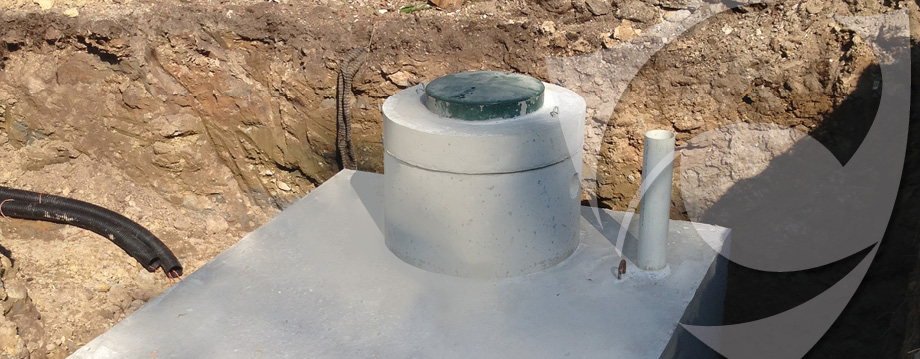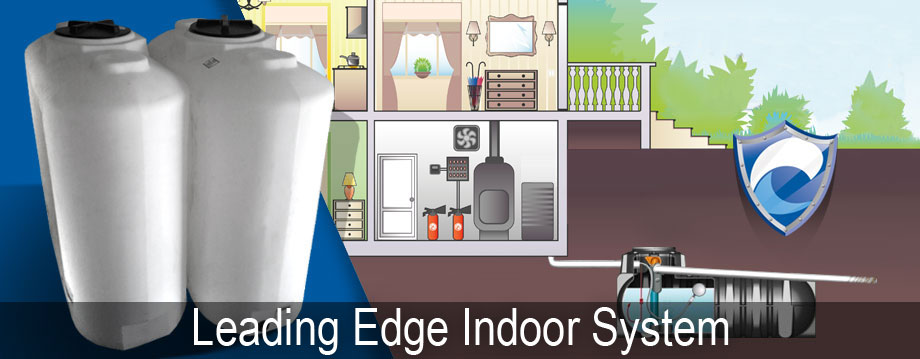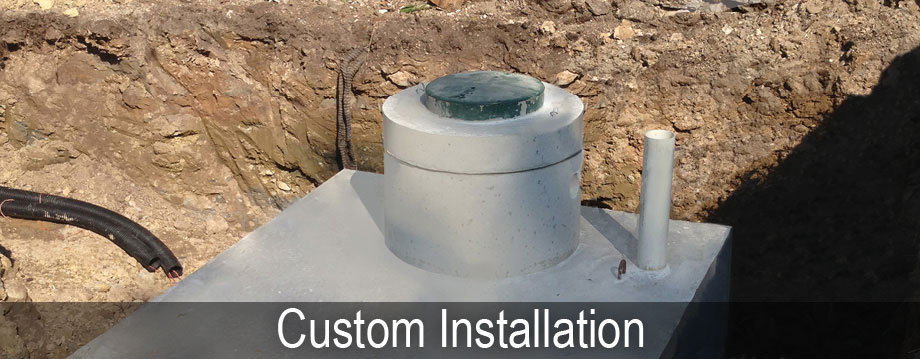Cisterns
Cisterns involve the collection of water typically via the roof. The idea of a cistern is very similar to using a holding tank, lake or river. Water quality may sometimes be a concern with cisterns but with proper filtering and treatment they make a viable option for many locations. A system of gutters and downspouts directs the rainwater collected by the roof to the storage cistern. The cistern, typically located underground, may be constructed of various materials including cinderblock, reinforced concrete, polyvinyl or precast concrete, fibreglass, or steel. The cistern supplies water to the household through a standard pressurized plumbing system.
Underground cisterns are used when:
- Your well does not produce enough water for surge periods. A surge period would be: showering in the morning, then running a load of laundry and also running the dishwasher before leaving for work.
- You have a source of water that is intermittent. Perhaps your incoming subdivision water or well water is unreliable; or you have to have water hauled in.
- Your incoming water does not give you enough pressure or maybe the pressure fluctuates due to other water users on the system.
- You need to treat the water. Water needs to have ‘contact time’ with chlorine or ozone for sterilization. Contact time is also needed for the Iron or hydrogen sulfide to ‘grow’ or oxidize so that filtration can remove it.
Many home and business owners are emphasizing sustainability. A pump and cistern system allows We have decades of experience with every sort of water system that exists in our area, including pumps and cisterns. Municipal water has its own challenges, while pressure tanks and septic systems present a different set of issues to contend with. Whether your water comes from the city, or from a well, lake or pond, Cook’s can get it working right. It’s what we do.

SERVICE HOURS
Monday-Friday: 8-5
OFFICE LINE
TOLL FREE
SHOWROOM HOURS
Monday-Friday: 9-5









